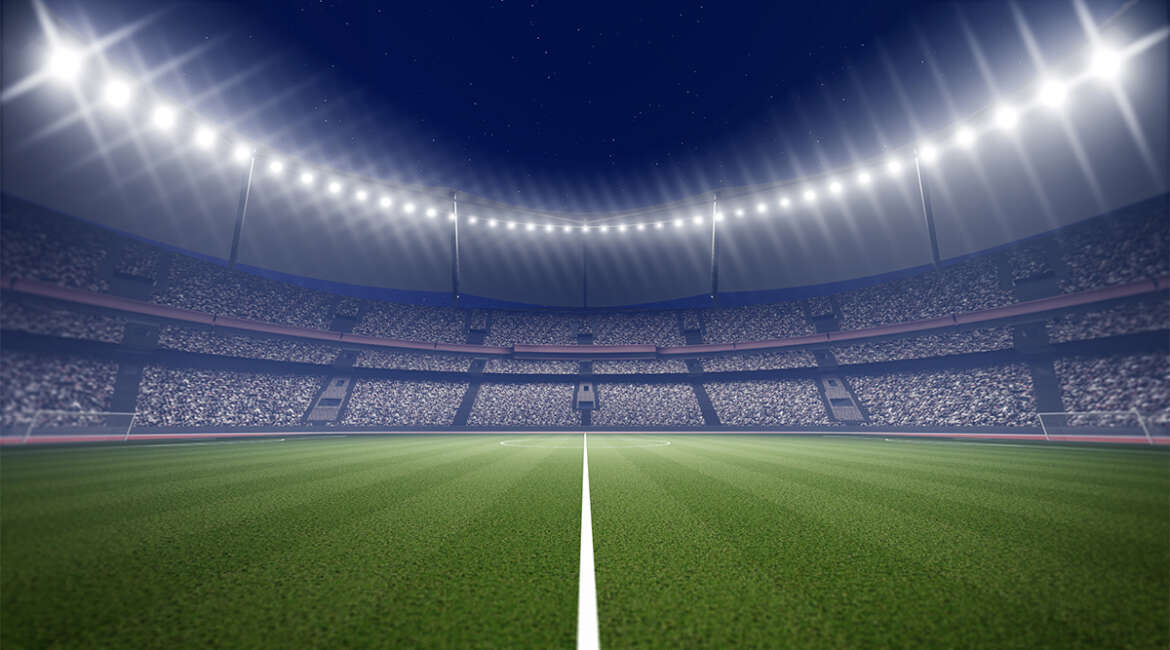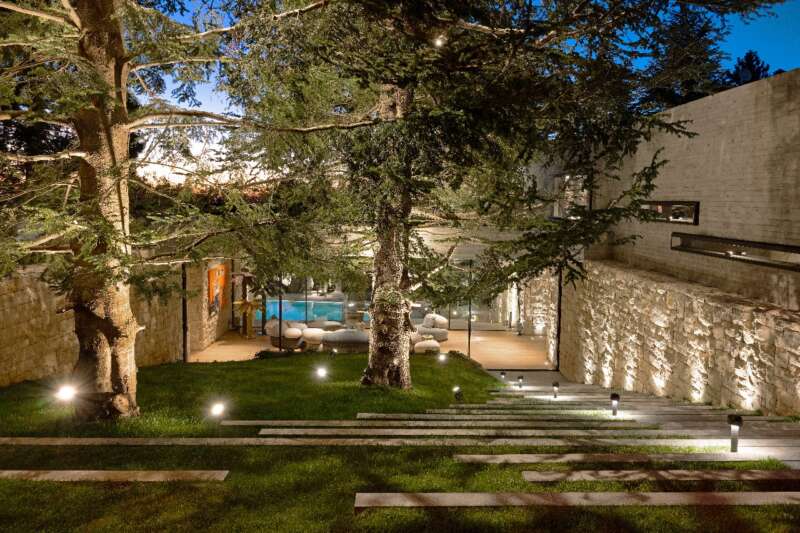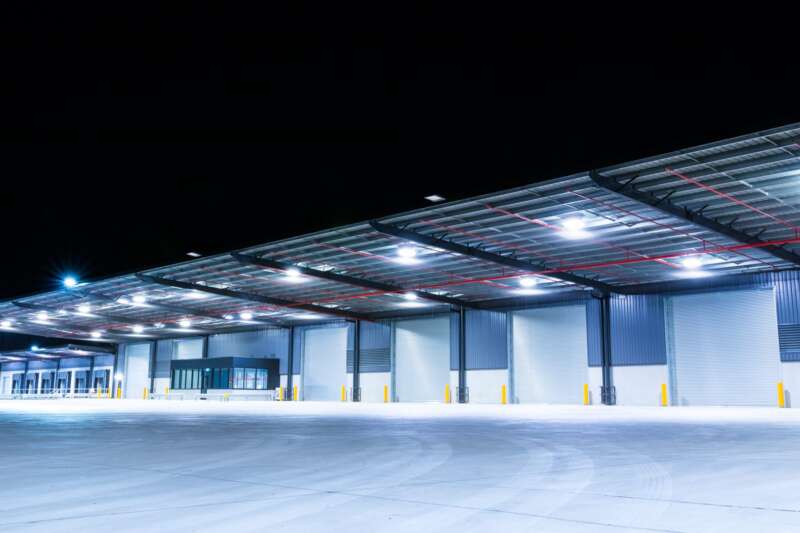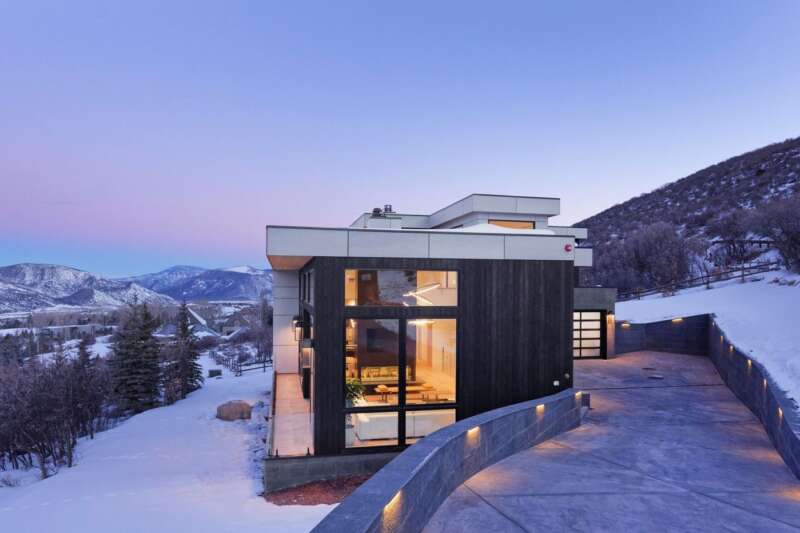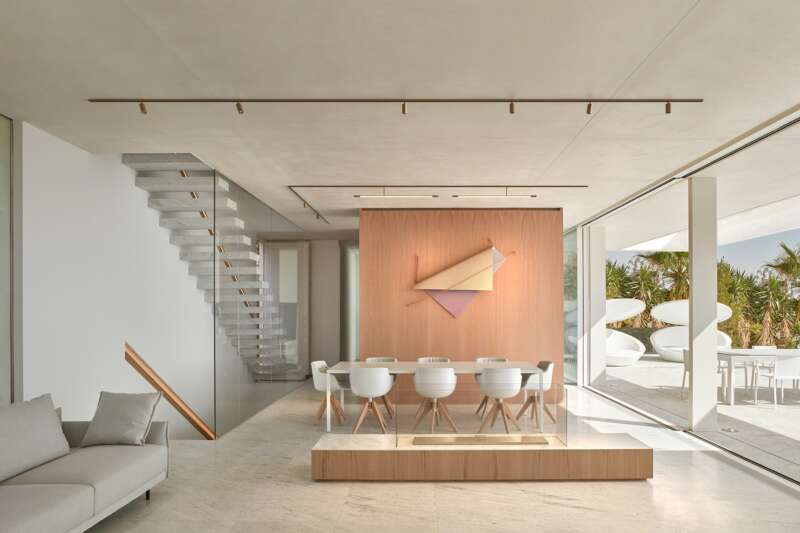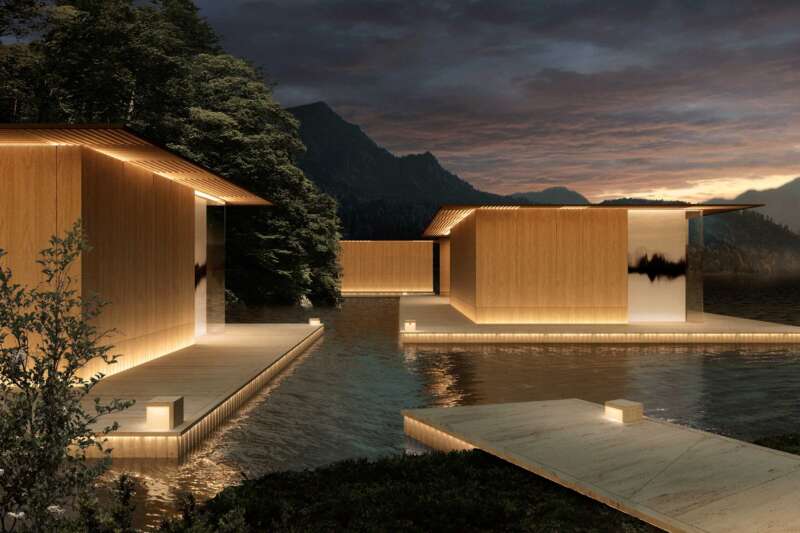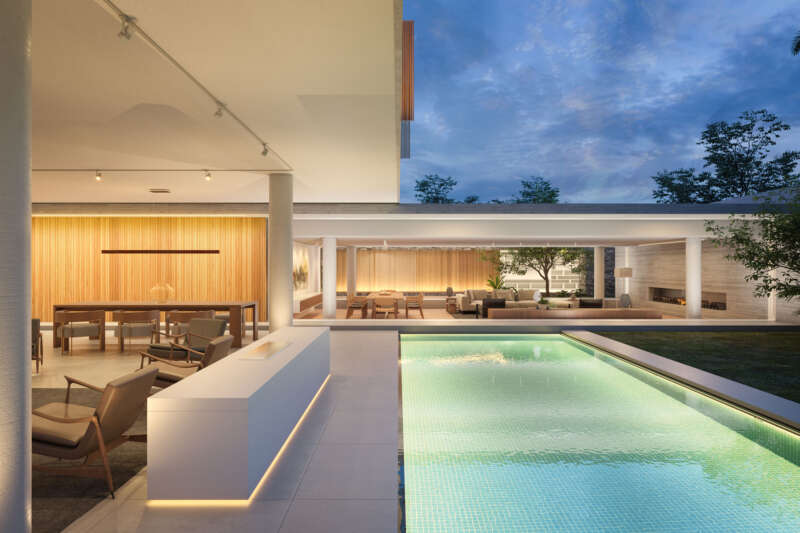BEST STADIUM LIGHTS
Application of Stadium Lights
Stadium lights have lots of applications in stadium and in general use. The following are a few examples;
• Outdoor football stadiums – football stadium lights help to ensure that games can continue beyond sunset since most football stadiums are outdoors.
• The tennis courts – Unlike football stadiums, most tennis courts are enclosed. Despite the difference, it is crucial to have light, even, and natural due to their compact nature.
• Baseball fields – Similar to football fields, baseball fields require durable, weatherproof lights.
• The basketball (interior) courts – Most are enclosed at the professional level. Therefore, there is no one point where natural light is called upon. It is also important to note that there is not so much space with the need for a lot of light.
• Stadium lights may also be employed where bright light is needed, such as on tall buildings, cranes, fishing, golf courses and more.
What Makes Great Stadium Light
There are a lot of things to think about when considering stadium lights. More so than any other lights, the cost of repair or replacement if you get it wrong is very expensive.
Bright
Brightness and low-glare are elements that make good stadium lighting. And it is for this reason that many stadiums today are retrofitting and shifting from conventional lighting systems (such as HID) to LED. The brightness of LED fixtures usually begins at 60,000 lumens or even higher.
Narrow Optics from A High-End Lens
The optics design is a vital aspect to consider before purchasing stadium lights. Narrow optics, especially from a high-end lens, are preferred considering the unique lighting requirements of stadiums. This feature is effective against glare. Ground illumination is also possible from the high mounting heights.
Surge And Reliability
Great stadium lights are usually fully protected from damaging voltage, lightning strikes, power surges, and transient voltages. Surge protection is one of those elements to look for before buying stadium lights.
Maintainability
Maintainability is a vital aspect to consider before purchasing stadium lights, given the high heights at which these lights are installed. How are such lights replaced? Or better still, how are they maintained? Fortunately for LED users, one LED fail will not affect the performance of others. LED require low maintenance but problems do arise. Usually its the driver that goes first and in most stadium lights they use 2-4 drivers and you need to be able to replace just the failed one.
Low Glare
Glare affects the performance of both the players and the spectators hence the need for light fixtures with low glare. A high CRI above 70 helps ensure that everyone accurately perceives objects’ colors for a great experience.
Easy To Install
Many stadium lighting manufacturers today strive to develop products that are easy to install. Easy to install stadium lights helps save time and money.
Feature Options
Wireless controls simplify the control of stadium lighting aspects such as brightness, color change, and user interface. Other benefits of wireless controls use include lower energy use, longer lifespan, and easy-to-use light customizations.
Wireless Controls
One of the reasons why people are embracing LED lights is their potency to be integrated into digital systems. Today, some LED stadium lights are wireless and available as add-ons. Remote control of LED stadium lights might seem small, but in the real sense, it has revolutionized the industry. It has simplified the control of LED stadium lights which is crucial for their performance.
RGBW
Red, green, blue, and white lights can be incorporated into stadium lights. Such LED stadium lights can be a bit costly. Despite the high cost, it is a worthy investment, given its influence on the overall fan experience.


